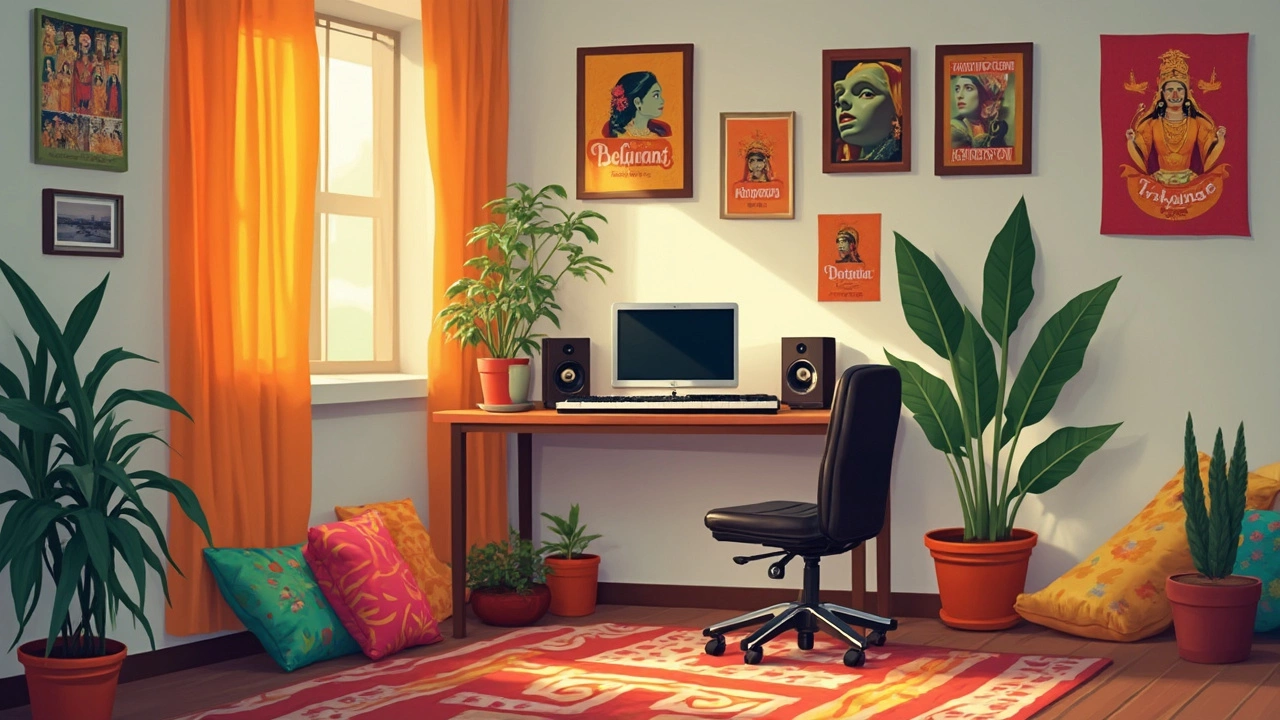Small Studio Photography: Practical Tips to Start, Price, and Profit
Thinking about turning a spare room or a corner of your home into a photo studio? You don’t need a huge space or a massive budget. With the right plan, a small studio can bring steady work and good earnings.
Setting Up Your Space
First, choose a room that has enough wall space for backdrops and good ceiling height – 8 feet works for most shoots. Paint the walls a neutral color; white or light gray keeps the light clean and reduces color casts. Add a few simple light modifiers – softboxes, umbrellas, or a budget‑friendly LED panel – and you’ll have a flexible lighting kit.
Don’t forget storage. Shelving units or rolling carts let you keep props, lenses, and cables organized. When everything is within reach, you’ll spend less time hunting for gear and more time shooting.
Pricing Your Services
Clients often ask, “How much will it cost?” The answer depends on your market, the type of shoot, and the time you spend. A good rule of thumb is to charge for three things: studio rent, equipment use, and your expertise.
For a basic portrait package, start with a base fee of ₹2,000–₹3,000 for the studio hour. Add ₹500 per additional hour and a flat ₹1,000 for post‑processing. If you offer specialty services – like product photography or wedding prep shoots – increase the base by 20‑30 % to cover extra lighting or props.
Write clear packages on your website. When clients see a simple breakdown, they feel confident and are less likely to haggle.
Remember to factor in hidden costs such as electricity, cleaning, and software subscriptions. Including a small “overhead” line in your invoice keeps your profit margin healthy.
Another tip: offer a discount for repeat customers or bulk bookings. It encourages loyalty and fills gaps in your schedule.
Running a small studio also means thinking about revenue streams beyond client shoots. Sell prints, digital files, and even themed photo books. A recent post on photo book apps showed that a simple online order can add 10‑15 % to your earnings per client.
If you have a niche – like candid portrait sessions or pet photography – market it as a specialty. People are willing to pay extra for something unique.
Finally, keep track of every job in a spreadsheet. Log the date, client name, hours worked, and total income. Over time you’ll see which services are most profitable and can adjust your pricing accordingly.
Running a small studio is about balancing cost, quality, and customer experience. Keep your space clean, your pricing transparent, and your marketing active on social media. With these basics, you’ll turn a modest room into a profitable photography hub.
